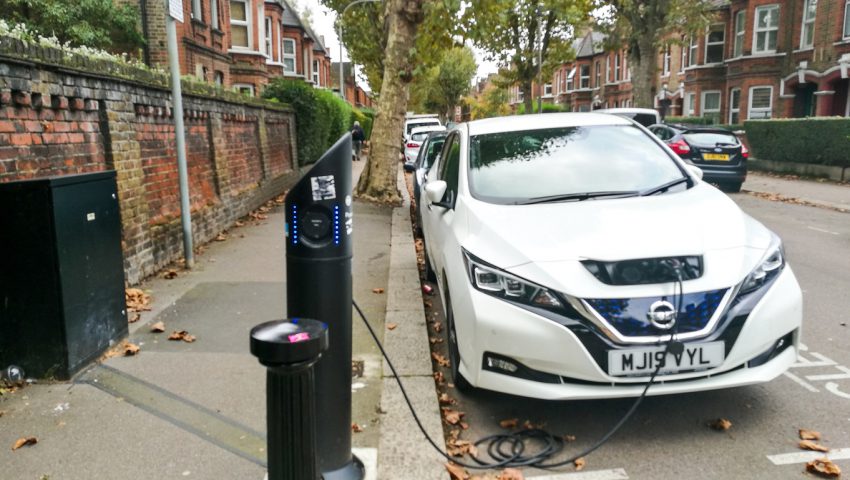
Thieves are increasingly targeting electric vehicle (EV) charging cables as a quick way to make money.
The cables are either dismantled and the metals inside them are stripped out and sold. Alternatively crooks sell them to other EV owners for up to £200 a go.
Industry experts fear charging cable theft could escalate over the coming years, with sales of new combustion engine cars banned from 2030. The results could cost the UK’s EV drivers millions of pounds annually.
What are charging cables made of?
EV charging cables are heavy duty electrical cables that electric car owners use to replenish the batteries of their motors. They have plugs at either end that enable owners to connect to charging points. This enables them to charge either at home, at work or in the street.
Copper conducts electricity through the cable, although sometimes aluminium can be used. The cables also have a steel or alloy core. And there is a woven sheath to protect the internals from damage.
How are EV charging cables stolen?
EV drivers need to leave their cars plugged into charging points for hours at a time, sometimes overnight. It gives light-fingered villains plenty of time to steal the cables. With sales of EVs in the UK up 42 per cent so far year on year, and around 780,000 battery electric and plug-in hybrid vehicles on UK roads, there’s plenty of opportunity too.
EV Cable Shop claims that some EVs have fragile locking mechanisms that are easy for crooks to break. Other EVs have cable locking systems that have been known to fail when the temperature drops below freezing.
Unlike stealing a catalytic converter, there’s no need for an angle grinder. Once thieves bypass the locking mechanism they can simply walk off with the cable.

Why are EV charging cables stolen?
Thieves steal charging cables usually for one of two reasons. They can dismantle them and strip the copper inside out to sell. Recycling centres will pay anywhere between £5,000 and £7,000 per tonne for reclaimed copper.
Or they might sell them for up to £200 to owners wanting a spare cable (or a replacement for a stolen one). However, our research showed that most second-hand cables sell for somewhere between £70 and £120. Prices depend on the connectors and length of cable.
Spokesman for rubbish collection company Divert.co.uk, Mark Hall said: “Thieves are selling them everywhere – eBay, Facebook, and to dodgy scrap dealers.”
How much do new cables cost?
Drivers wanting a new cable that’s definitely neither stolen nor damaged can buy them from internet retailers. These cost about £120 for a five metre long cable.
Buying one from a car dealer is the expensive option. EV Cable Shop claims it could cost up to £1,600.
What can drivers do to stop theft happening?
There are a number of simple ways drivers can foil crooks. EV Cable Shop recommends using a padlock. Pass a plastic sleeved chain through the spokes of the cars wheel and round the cable. Then secure it with a padlock. Then even if thieves break the locking mechanism, they won’t be able to steal the cable with its connectors intact.
Alternatively, if you have charging cable to spare and your wheels are suitable, pass a loop through the spokes of the wheel and put the padlock around it. Again, it will stop anyone stealing the cable intact.
Some drivers swear by parking on their charging cable. This is effective but can damage the cable. Instead, you could buy a section of cable protector (the plastic ramps that stop cables being a trip hazard), cut it down to size, carry it in the boot, then put it over the cable and park on it.
Another problem with cable theft
Aside from the car owner not having a cable for charging, when someone steals an EV charging cable by breaking the locking mechanism, they invariably damage the area around the charging port too. And that can be expensive to fix. As with most car theft, a little bit of deterrent can encourage thieves to move on to a softer target.